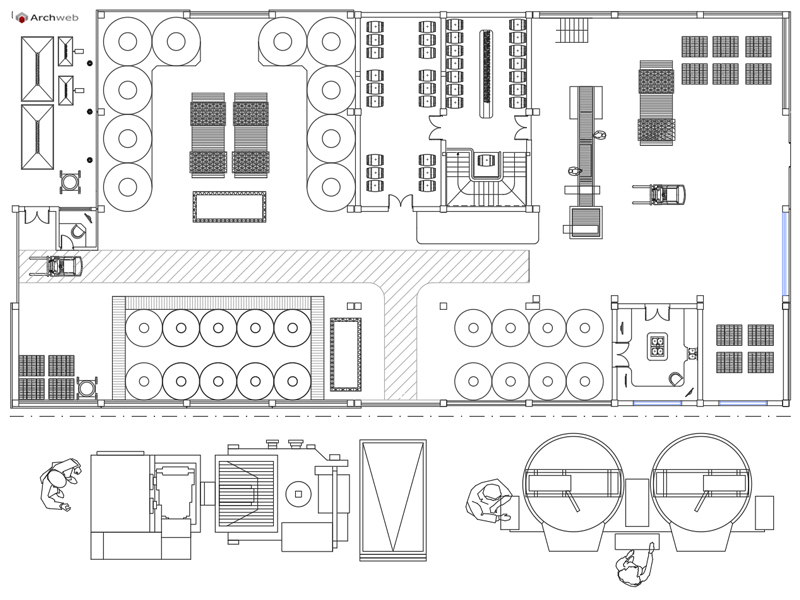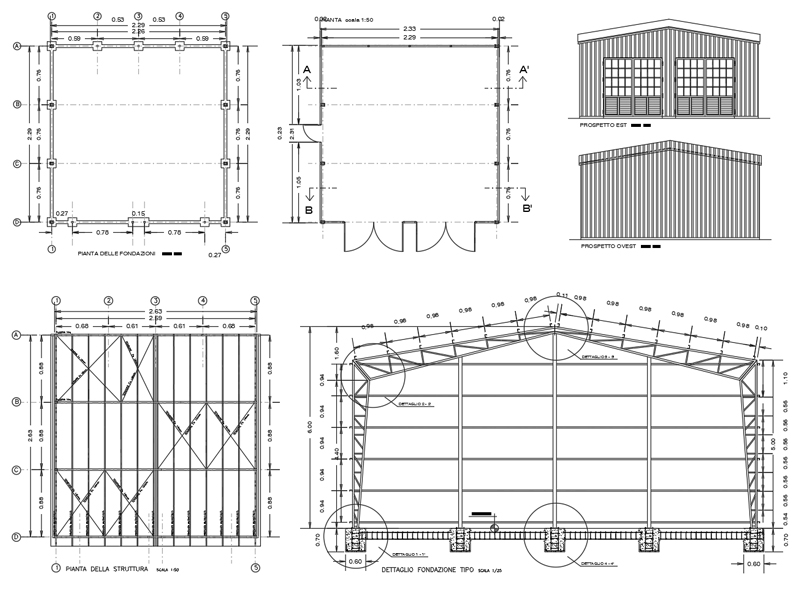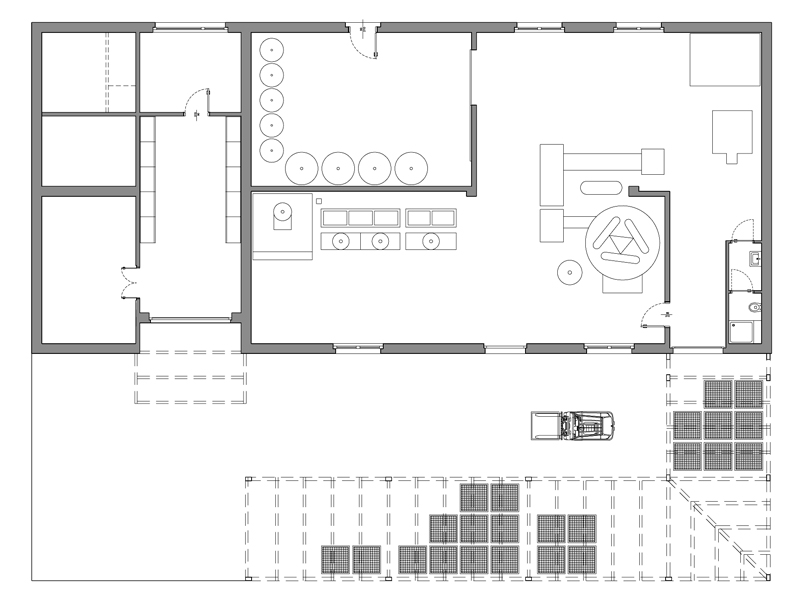Industrial revitalization
Designing new urban scenarios
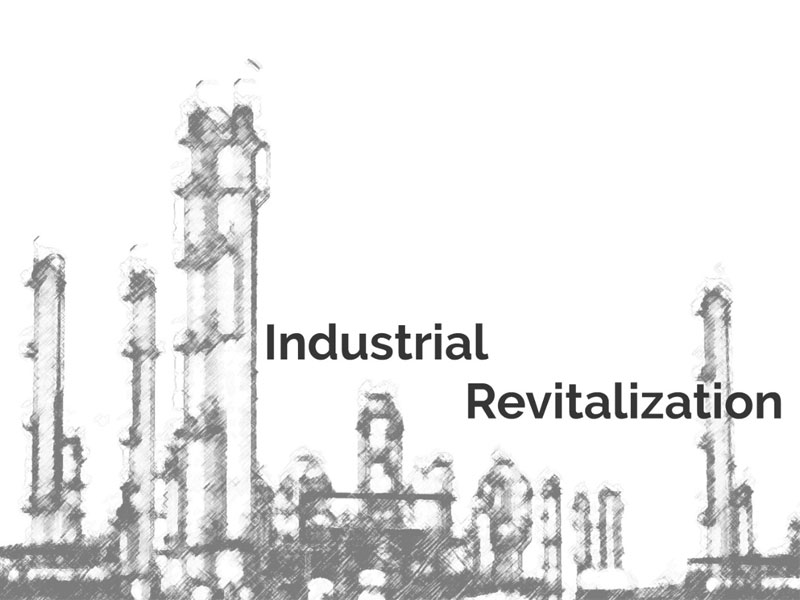
Industrial revitalization is an approach to revive industrial buildings as per the requirement of the community. This step is taken up by several developed countries in the 21st century to meet the demand as per the changing urban scenario. To create a major impact, the government of the country provides funds directly and indirectly to the building owner for the revitalization process. It’s a long-run process and sometimes risky for building owners but it provides scope for more sustainable use of resources. Here we will see how in each country, industrial revitalization occurred, why it occurred and what’s the result of this process?
As per EPA (the United States Environmental Protection Agency) has over 450,000 brownfield sites. Brownfield sites are abandoned factories, mills, dump yards, gas stations, etc. which can potentially be contaminated with a hazardous substance, pollutant, or contaminant. These brownfields are the result of the dumping of contaminated waste in a site from the time of the industrial revolution in the 1970s. The result of having an abandoned mill, which once used to be the heart of the city are:
- causes neighborhood deterioration;
- creates negative deterioration;
- open dumping and other illegal activities;
- degrades soil, water, and air quality;
- poses potential harm to animals and vegetations;
- lowers property values;
- reduces employment opportunities;
- loss of tax revenue;
- limits economic growth
Revitalizing the brownfields opens the opportunity for economic growth, social acuities and becomes an asset for the society.
Let’s see some cases in the US of how revitalization has transformed the urban structure.
South Wilmington Wetland Park
The sewer systems most often failed during high tides and storms due to the presence of the Kankakee river nearby. Wilmington had large areas of brownfields within which 30 acres of that land-used for stormwater storage. The wetlands can balance and absorb water whenever required. Wetlands result in the enhancement of wildlife, aquatic habitats, and it also becomes new community open spaces. This open-space provides opportunities for recreational activities and also helps in economic growth. The site is transformed into wetlands through the removal and treatment of contaminated soil.
Stafford Hill Solar Farm, Rutland, VT
The site was a 15-acre municipal landfill. In 2015, the site was repurposed by transforming it into a microgrid solar farm. A 2.3-megawatt solar installation was made on the green hills of the dump yard. This microgrid helped to provide power supply to more households, and it is also a source of green energy.
Sparta, Tennessee
The city is composed of 5000 people surrounding a large lighting factory. In 2012, the lighting factory closes. The property is 300,000 square feet with three vacant buildings. The site is also contaminated with PCB and heavy metals. After the lighting-factory was closed for a few years, no company was interested in that property. In the city, a company named Jackson Kayak was looking for expansion scopes around the city. Jackson Kayaks are manufacturers of kayaks, paddleboards, and Orion coolers. As they were looking for a major expansion of the company, they saw a huge potential in the land. The company invested $4 million and created jobs for the local people.
Shoshone Paiute Tribe
In the Shoshone Paiute Tribe of the Duck Valley Reservation, Owyhee Combined School was found to be located on a 4,000 square foot petroleum-contaminated site. This contamination occurred due to overfilling of heating oil storage tanks supplied to school boilers. The funds for removing the contaminated soil were collected from Nevada Brownfields Program and school funds. After cleaning the site, the school converted the land to a playground with asphalt covering the entire area.
EPA’s Brownfield programs help communities, states, and tribes to assess, clean up and use sustainably the brownfields. EPA provides grants and technical support to the communities to successfully run the program.
Hong Kong, in the last few decades, they have undergone severe political changes and urban changes. Initially, Hong Kong was a strategic location for industries to set up, but with business growth in China, industries fled to China. This caused economic downfall, increase in brownfields all over Hong Kong. Industrial Revitalization Schemes were first announced in Hong Kong in 2009. Since then, several brownfields and industrial buildings have been re-purposed. The revitalization program solved the following issues:
- Hong Kong has long had a problem of lack of residential construction which industrial reconversion has helped to alleviate, by creating new building complexes and containing the price of rents. Market spaces, shopping centers and settlements for artisanal production have also been created.
- The unused industrial buildings have attracted other entrepreneurs to open laboratories for the production and preservation of organic food, as well as to create public meeting places, fitness centers and recreational activities, such as art workshops and music centers.
India‘s industrial sector contributes 26% of India’s GDP and employs 22% of the national workforce. The Indian economy can be classified as a middle-income developing market economy.
It could be deduced that industry is the key sector underlying the nation’s development, but for such a large, diversified country, with very different economic and geographical areas, it becomes difficult to classify industrial reconversion into a single model, in fact there have been had different outcomes based on the production sectors involved.
Steel industry
- advice to migrant workers so that they return to their jobs;
- increase in steel production based on actual demand;
- creation of infrastructures for a better distribution of resources;
- reorganization of companies and increase in industrial concentration;
- technical refinement of the reconversion and stimulus to technological progress;
- development of metallurgical clusters according to the directives of the Ministry of Steel.
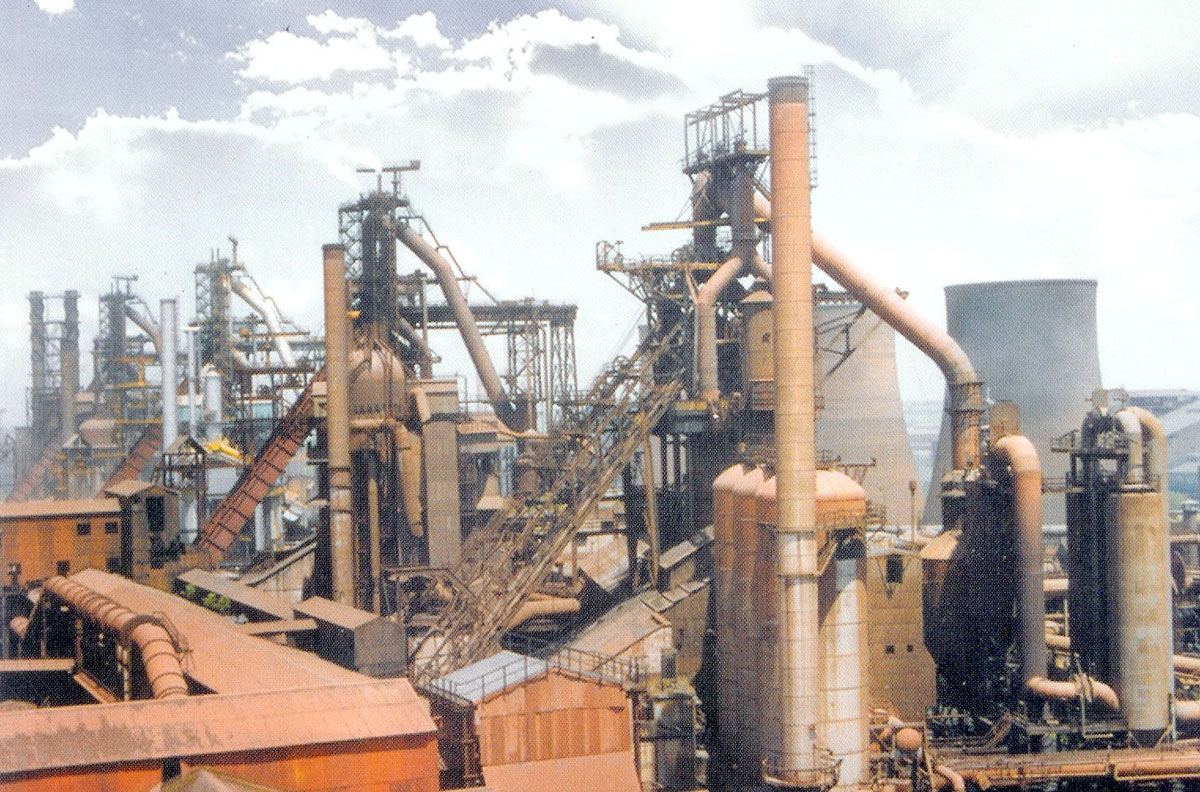
Durgapur Steel plant, West Bengal, India. Image courtesy on wikipedia.org
Jute Industry
Most of the jute producing industries are located on the banks of River Ganga in West Bengal. Jute spinning mills are characterized by the same seasonality as the production of the natural raw material, so for a good part of the year they remain unused, exacerbating the already serious urban problems of the region linked mainly to climate change and the increase in the urban population.
These social emergencies can be mitigated by identifying the most critical areas and reconverting those local industries according to greater profitability, a social reuse of buildings and spaces complementary to the factories and the non-exclusive use of jute spinning mills, in so that factories can operate throughout the year.
Below we present other redevelopment projects that have had a great impact on society and shown the future of industrial settlements.
CopenHill by BIG
Copenhagen city of Denmark aims to be a carbon-neutral city by 2025. To achieve this goal the first waste to energy plant is constructed at the heart of the city. The roof of this plant is transformed into a ski terrain slope. We often think of a waste polluted land when we think of an industrial site. But CopenHill shows the path of how our future industries will look like. The industry can be a part of the urban development and can completely become part of the urban fabric of the city.
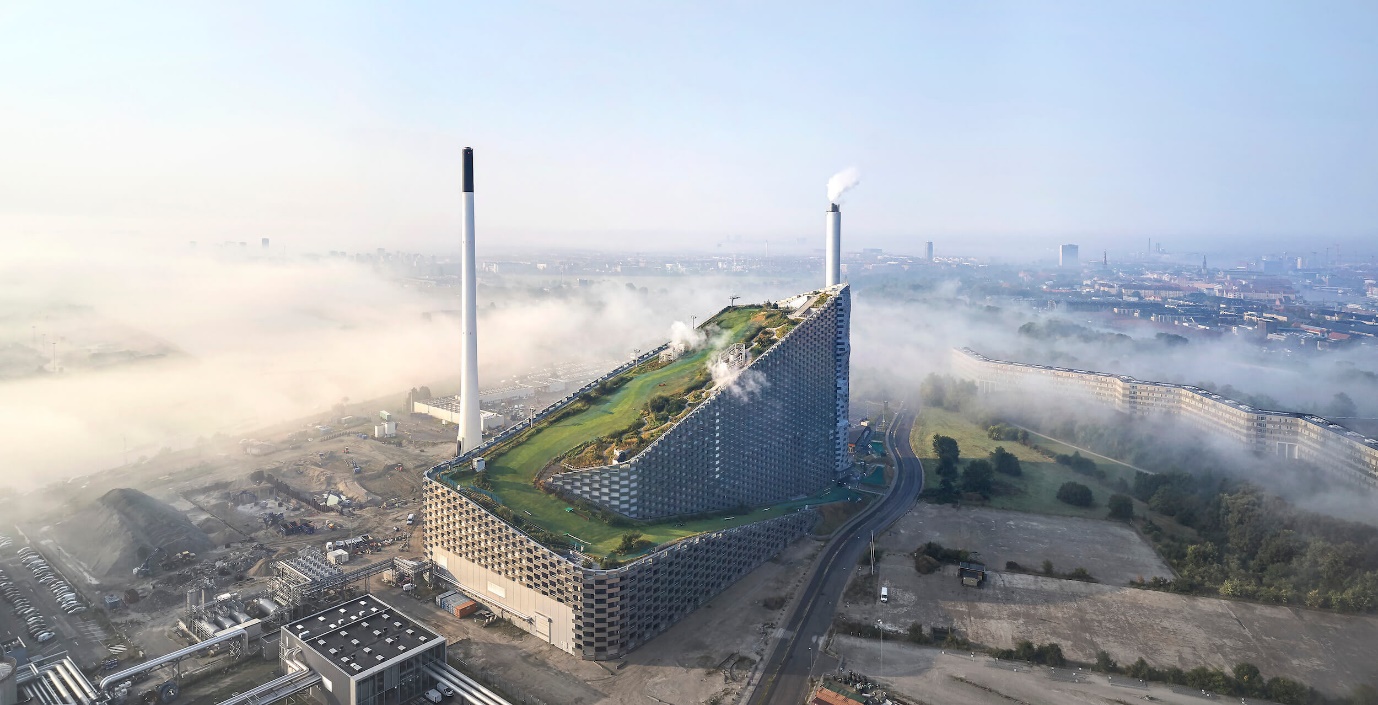
CopenHill, Denmark. Image courtesy on big.dk
Toyota Woven city, Japan by BIG
With collaboration with Toyota and BIG, the project aims to build the world’s first urban incubator. The project shows how the city, manufacturing units, and research laboratory can co-exist and collaborate in a way for each other’s benefit. The city will have the most advanced technologies at the doorstep and have a spectacular view of Mt. Fuji.
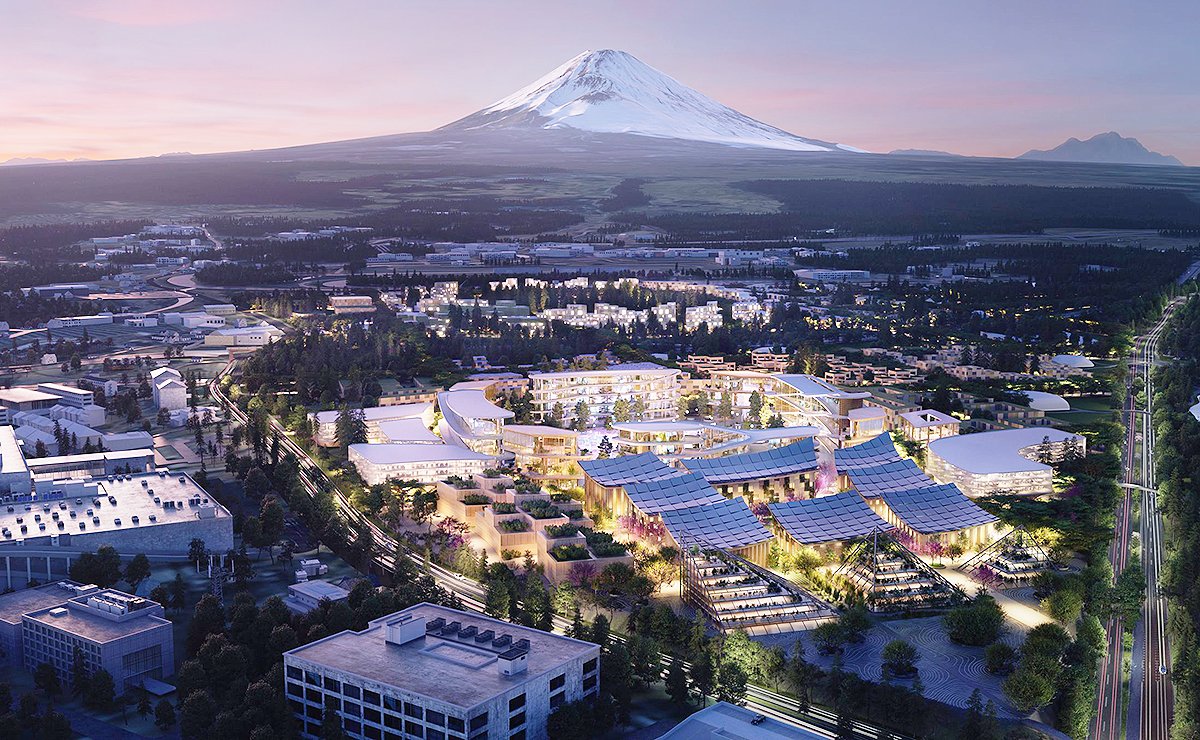
Toyota Woven City, Japan. Image courtesy on big.dk
Chernobyl Tourism
The Ukrainian government turned the Chernobyl nuclear reactor explosion site into a tourism spot. It is one of the real ghost towns and shows how nature took over the industries and town. Though the disaster took place in 1986, the radiation is still quite high in the nearby affected zones. It is a great example of a contaminated ghost industrial zone is used as tourism with proper safety measures.
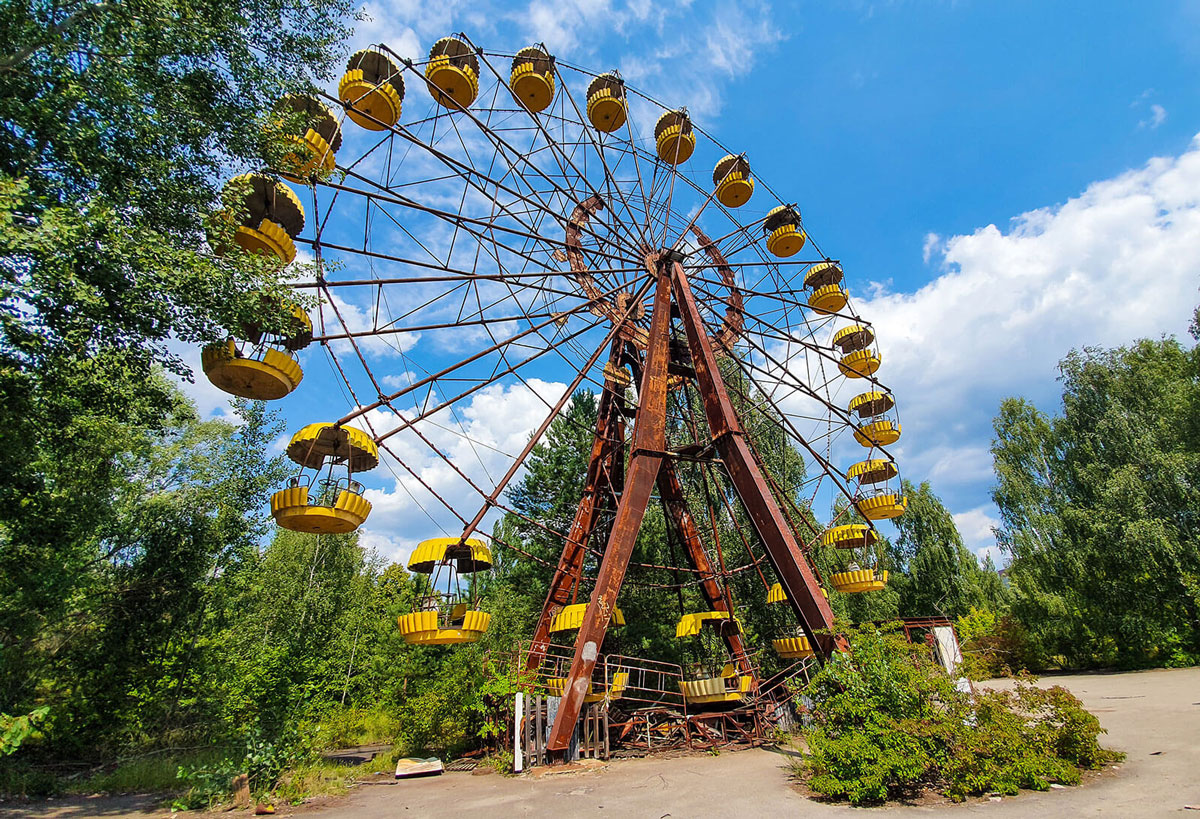
Chernobyl abandoned sites. Image courtesy on pcma.org
Hence, we can understand how addressing the critical regional issues can turn to revitalize industries. The term industrial revitalization is quite new in some developing countries. With the change of the international agendas, the industries must take measures like advancing technologies to lower carbon emission and various other issues. At end of the day, it becomes our job to make people aware of the recent developments, work together to make a positive impact, and build a greener world.



























































